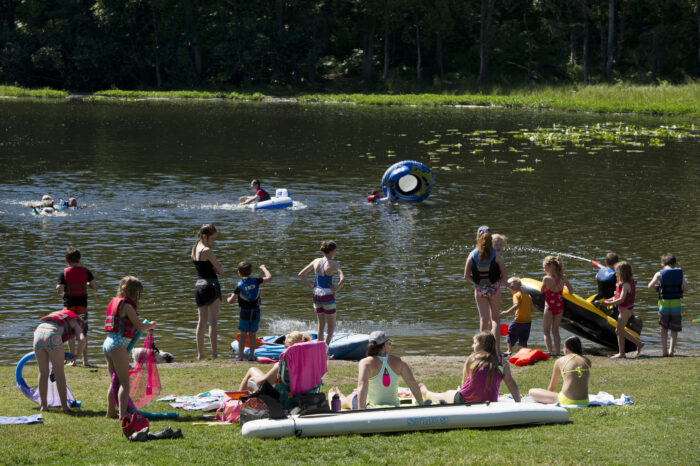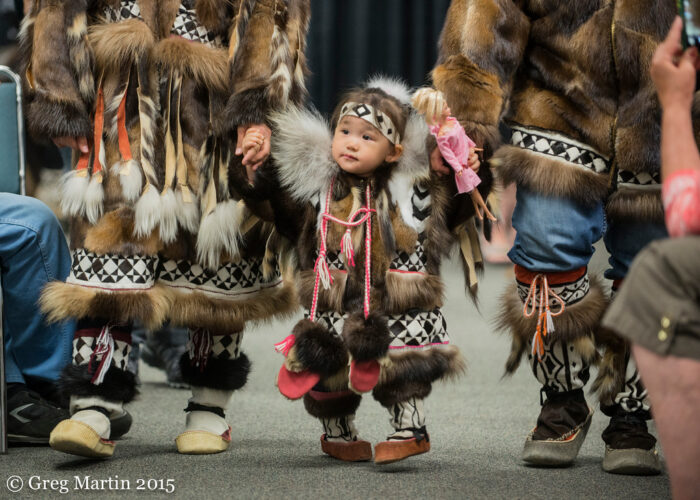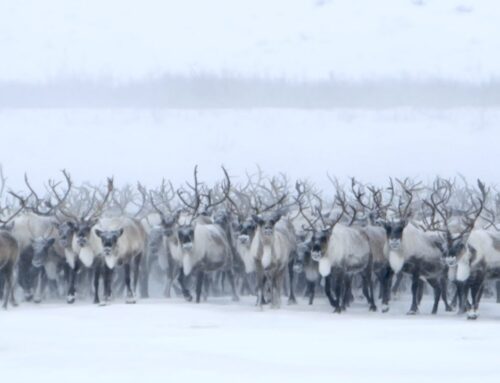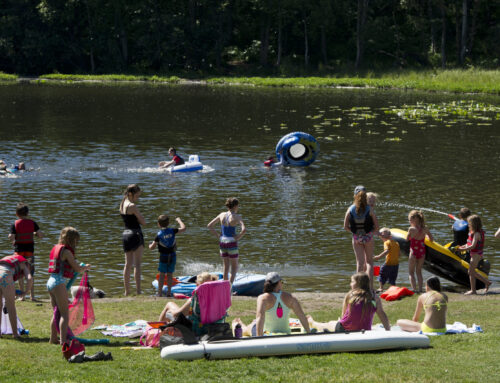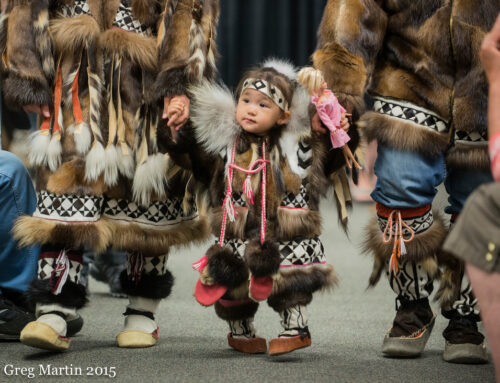Russian Creole Pioneers of Alaska
In the context of Russian Alaska, “Creole” did not refer to a racial group but was instead used to identify someone as a “colonial citizen” within the Russian Empire. This status afforded Creoles several advantages, placing them in a privileged position within the society. They were eligible for service in the Russian military, entitled to free education funded by the colonial administration, and had chances for upward social movement within both the Alaskan colony and the broader Russian Empire.
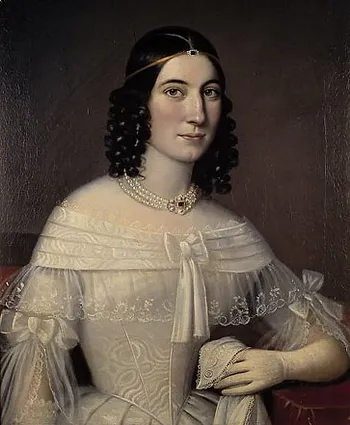
 Throughout the 18th and 19th centuries, the Russian expansion into Alaska was primarily led by male adventurers, including hunters, merchants, and officials. A few Russian women, such as Baroness Elizabeth von Wrangell and Princess Maksutova—who were married to leaders of the Russian-American Company—also made the journey. These women, often well-educated and resourceful, contributed significantly to the development of the region, including Margaretha Etholen, who established a school for girls. However, it was common for Russian settlers of all ranks to marry indigenous women, who had always been central to their communities’ well-being and survival. Their mixed-heritage offspring, referred to as Creoles, played a crucial role in Alaska’s Russian colony. Creole children received education in Russian-style institutions across various locations, including Sitka and Kodiak. Post-education, Creole men often assumed key roles within the Russian-American Company and community.
Throughout the 18th and 19th centuries, the Russian expansion into Alaska was primarily led by male adventurers, including hunters, merchants, and officials. A few Russian women, such as Baroness Elizabeth von Wrangell and Princess Maksutova—who were married to leaders of the Russian-American Company—also made the journey. These women, often well-educated and resourceful, contributed significantly to the development of the region, including Margaretha Etholen, who established a school for girls. However, it was common for Russian settlers of all ranks to marry indigenous women, who had always been central to their communities’ well-being and survival. Their mixed-heritage offspring, referred to as Creoles, played a crucial role in Alaska’s Russian colony. Creole children received education in Russian-style institutions across various locations, including Sitka and Kodiak. Post-education, Creole men often assumed key roles within the Russian-American Company and community.
Even after the United States took over Alaska in 1867, women continued to impact its growth significantly. The Yukon gold rush of the late 19th century is a notable example, drawing global attention and migration, including many ambitious women. Among them was Irish-American Belinda Mulrooney, who capitalized on the Klondike gold discoveries by establishing successful hotels and a bank, becoming one of the region’s wealthiest women.
The norm of working women in Alaska persisted beyond the gold rush era. Women across the territory managed a variety of businesses, from boardinghouses to mining companies, and were instrumental in founding community services and utilities. They also served in essential roles such as nurses, teachers, and more, contributing to the territory’s development and community building. In the following years, Alaskan women were pivotal in advocating for quality education, playing significant roles in World War II efforts, and participating in movements for civil rights, statehood, and native land claims.
During the Yukon gold rush, Native and Creole women also stood out. Families like that of Creole trader Ivan Pavloff, whose children contributed to the mining industry’s growth, highlight the significant role these women and their descendants played in shaping the region’s history. Early American traders who married native Athabaskan women brought about a blend of cultures, with their wives playing essential roles in adapting to and surviving the new American influence. These families, integrating both native and immigrant backgrounds, were foundational to the communities along the Yukon River.
Photos courtesy of the Alaska Historical Society, Library of Congress, the National Park Service, TravelAlaska and Alaska’s Digital Archives.

